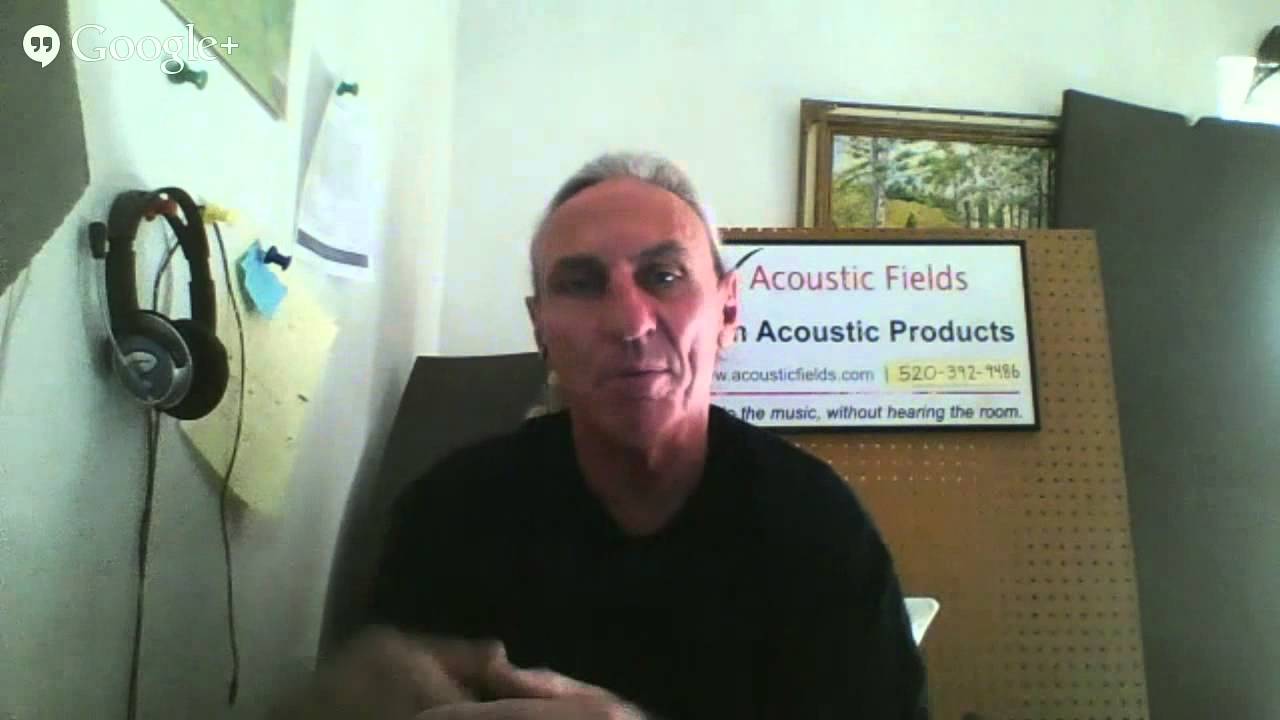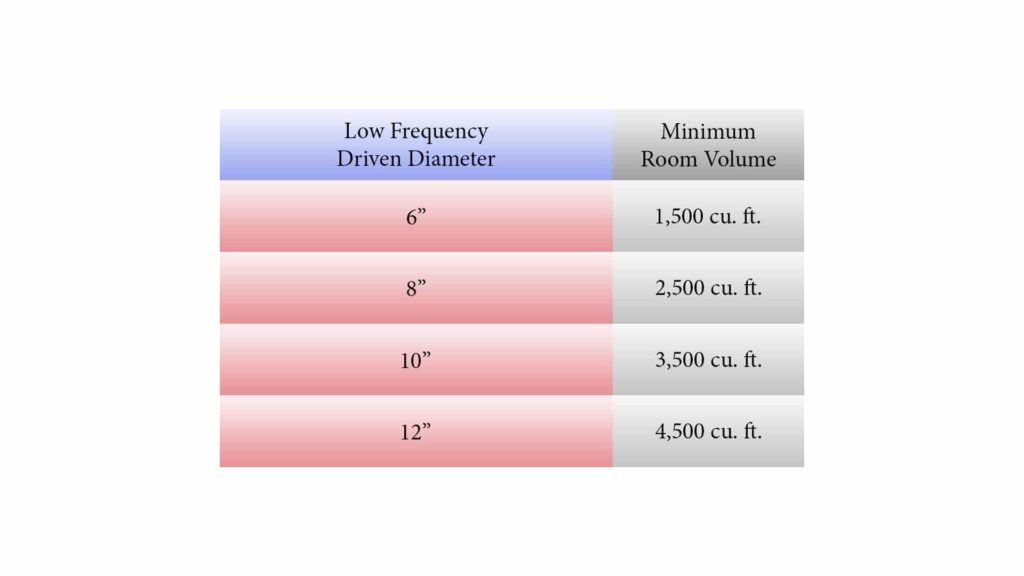In response to my recent video “How to get good bass in small rooms”, embedded below, I was asked if I could go into further detail on how to match your driver size to the room size. Well the larger diameter the driver you get a lower output, probably plus 2 dB more energy between a 10 and a 12-inch, something around those numbers, and even though low frequency energies from subwoofers and low frequency drivers is about air movement, it’s more about pressure in the room. The air movement obviously comes first because the driver has to run an excursion, you know it has to go back and forth to create the energy. But once the energy is in the room, it’s all about pressure, the room takes over at that point.
The room could care less that the subwoofers’ producing the energy. The rooms going going to have modal pressure issues based on its dimensions and volume, the room is going to take over at that point. The sub produces the energy but once the energy leaves the subwoofer, the subwoofer no longer owns it. The subwoofer has lost complete control of it because the room takes over.
You can have the cleanest sounding subwoofer in the world and you’re standing right next to it and you move down the other end of the room and it sounds terrible and that’s the room. So you have a lot of pressure issues that you have to deal with and that’s really what low frequency energy is all about. Matching the driver diameter to the room size is not an exact science but you try to get some kind of boundaries and parameters and the following chart is a good guideline.
I dug through our database and I found some room volumes and some drivers, diameters that we tested and I put the above chart together for people, to kind of give you a starting point. It’s not gospel but it’s a good starting point. Now you may deviate a little bit up or a little bit down from the chart but it’s a good start point for you.
In Summary
So I hope that helps you. If you would like your room acoustic issues analysed for free by me then please fill in the form here and I will be happy to take a look for you.
Thanks and speak soon
Dennis








